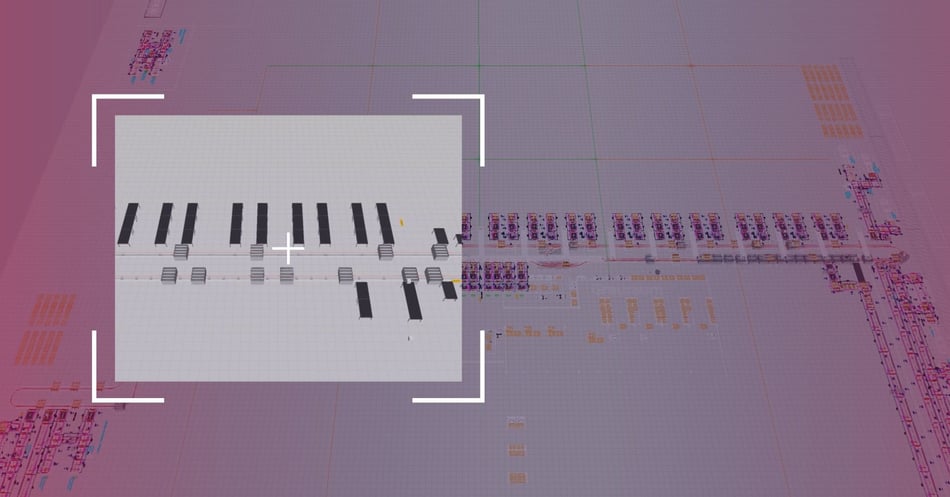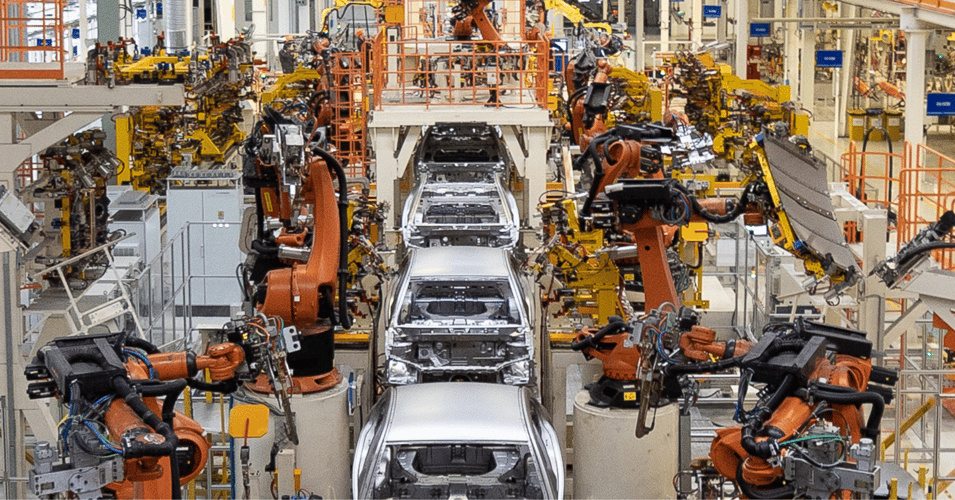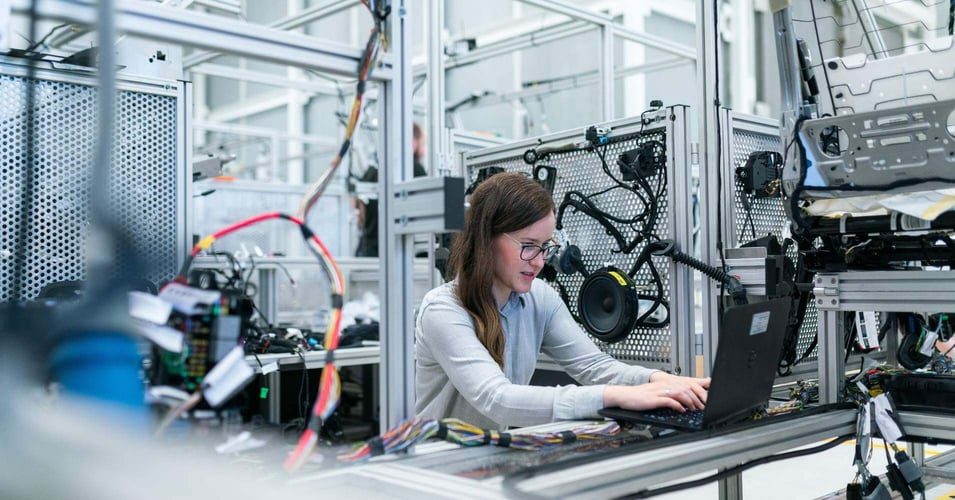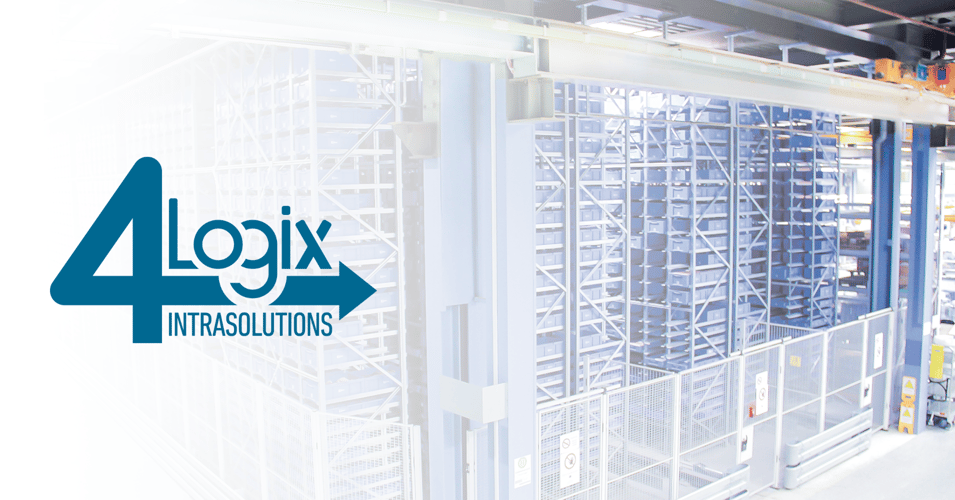
Automated warehouse solutions with smart conveying technology have become indispensable. But what customized solutions are required in modern intralogistics? How can they be properly integrated into your processes? These are the kinds of questions that have to be discussed at the very start of your project planning process. Being able to answer them seamlessly will save you both time and money. Digitalization solutions such as simulation can give you the answers you need. A recent project for a world-leading automotive manufacturer with our team from the SCIO Warehouse Intrasolutions segment illustrates how.
The project:
SCIO is developing and implementing a cutting-edge logistic production supply system the for the production hall of a global automotive manufacturer. The automated system includes high-bay, small parts, and picking warehouses, along with conveying technology. An electric floor conveyor with vehicles is designed to seamlessly connect production and storage.
The client is emphasizing a solution that isn’t just efficient, it also uses state-of-the-art digital technology to meticulously test the vehicle process for the EBB. Simply put, our team relies on simulation.
Under the umbrella of the Warehouse Intrasolutions segment, SCIO consolidates the combined expertise of group companies Schiller and MFI in automated warehouse and materials handling solutions. The team is also leveraging SCIO's in-house digitalization expertise to build the simulations.
“The need to coordinate different trades in a project is an enormous challenge. Our main strength is in creating synergies within the SCIO group. Were able to tap into an enormous in-house pool of resources and experience by working closely together. We provide innovative automation and digitalization solutions from a single source and support clients with a well-coordinated team," said Patrick Biedermann, Technical Sales at Schiller.
Simulation – Intelligent project planning
Using simulation, the project team, in collaboration with our digitalization experts, specifically tests the number of vehicles required for the electric floor conveyor and how the process should be structured to meet the client's specific requirements. Proper planning and carrying out accurate costings in advance are crucial, especially when vehicles can cost in the five-digit range. Calculations can be extremely challenging to make in these kinds of complex processes. A simulation brings significant benefits and key insights to the table, as emphasized by Ulrich Reiser, CDO SCIO Automation:
"By analyzing the data, we gathered from simulation, we discovered, for example, that an excess of electric floor conveyor vehicles leads to congestion, instead of the expected increase in throughput. This was a crucial insight that would have taken up substantial time and financial resources in a real-world trial."
The demand for digital solutions like simulation for project planning is on the rise. SCIO's digitalization expertise not only meets this demand but goes far beyond it:
"The simulation is just a first step. As we work on the project, we’ll be enhancing process visualization and optimization by integrating the entire warehouse. We'll then commission the entire production supply virtually by integrating control software. There's also the option to establish the virtual commissioning system as a digital twin, which the customer can continue to use during ongoing operations," said Ulrich Reiser.
Ulrich Reiser explains the differences and potentials behind the terms Simulation, Virtual Commissioning, and Digital Twin in a recent article.
The project is still in its early stages, having kicked off in December 2023. Final acceptance is scheduled for the end of June 2025. Even though the project is in its infancy, our integrated high-end solutions within the SCIO group are already setting standards.
Meet our experts at LogiMAT 2024. Find out everything you need to know about our exhibition appearance here.


















